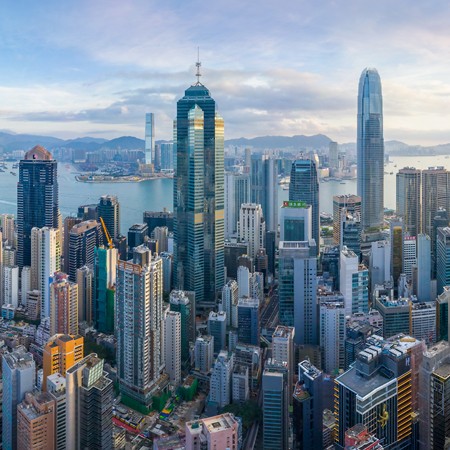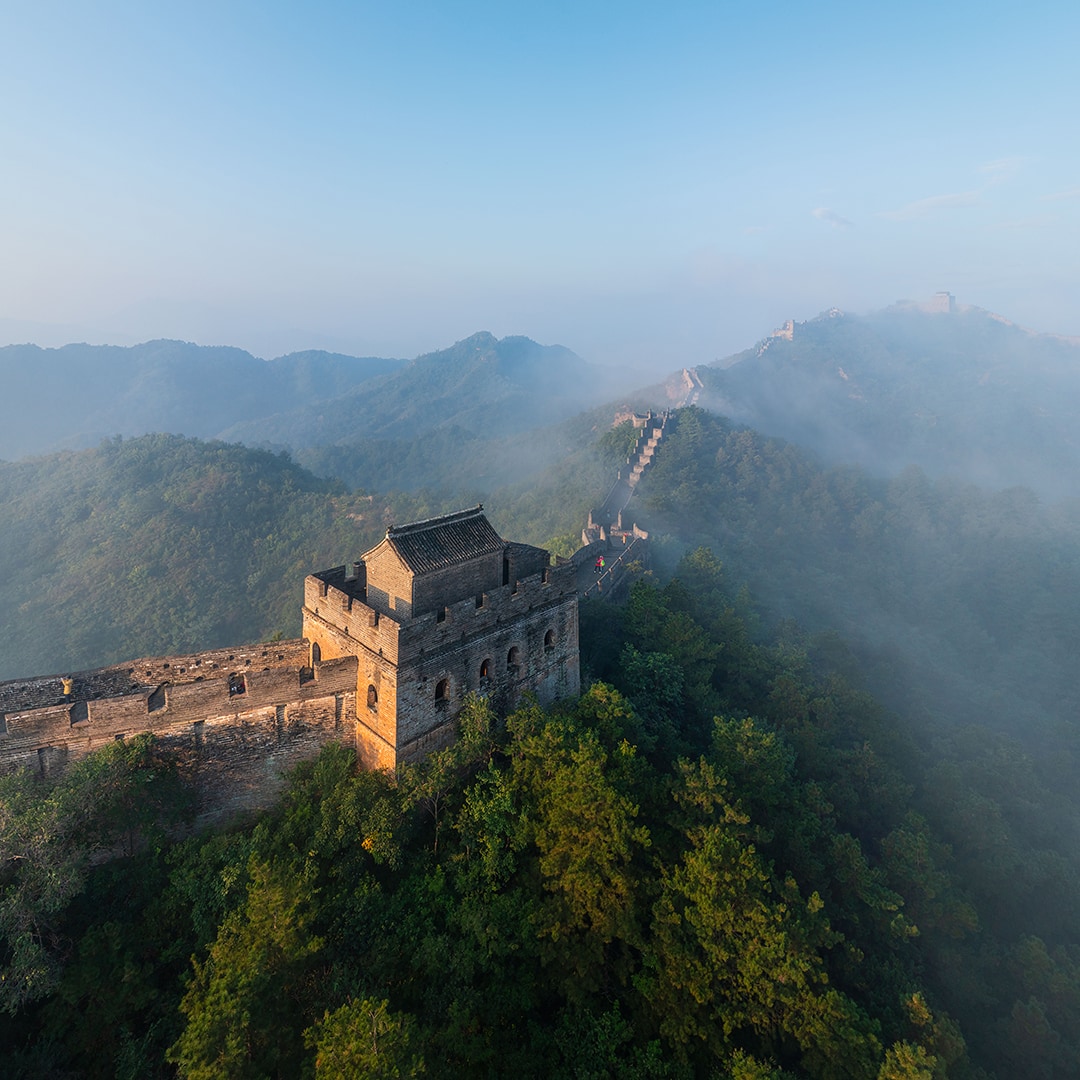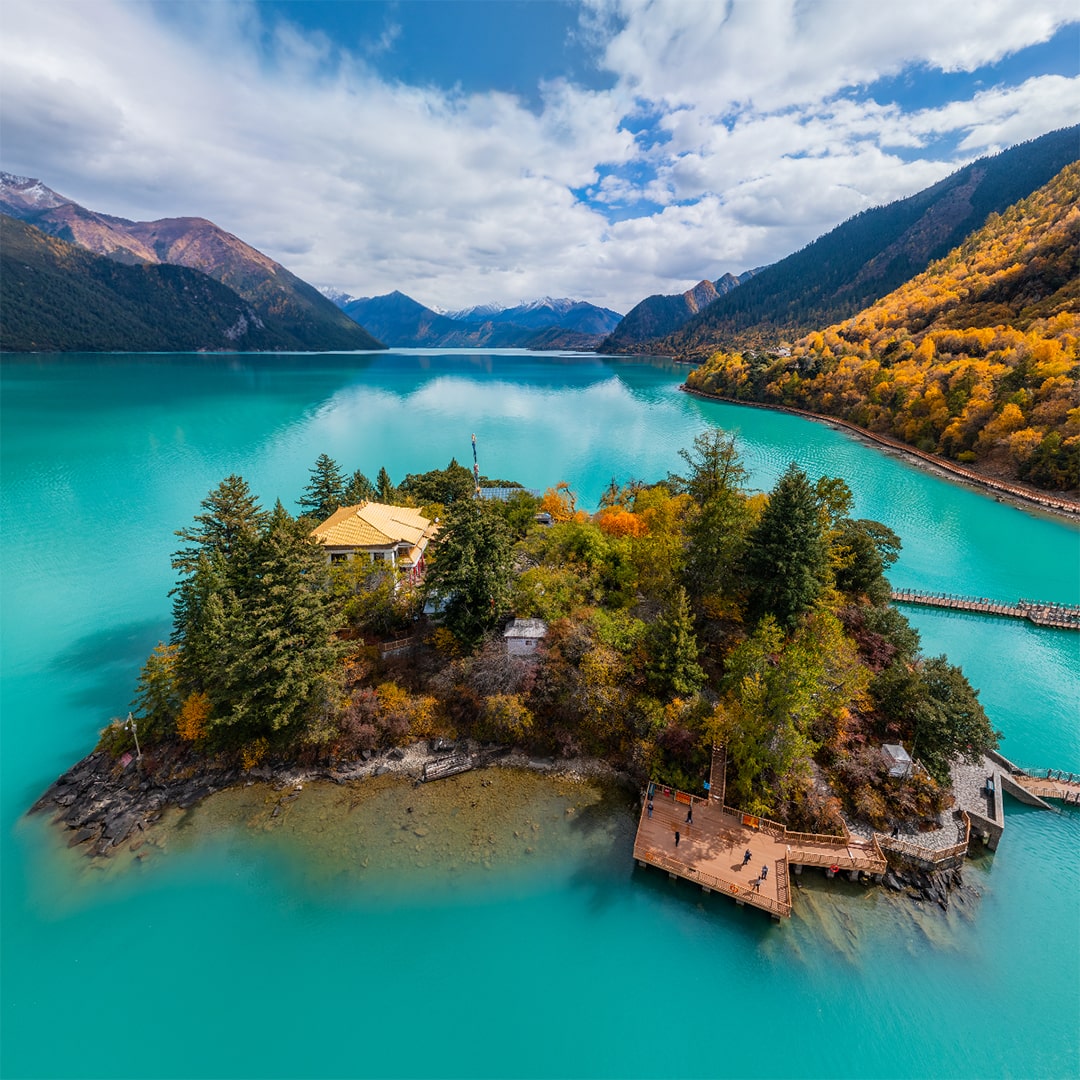Hong Kong
Hong Kong is both a city and a state, and (more precisely), a special administrative area of the People's Republic of China. It is truly "special" in all regards.

Hong Kong is one of the worldwide financial centers, and this mere fact places certain obligations on its residents and determines the city's architectural appearance (the first skyscrapers in China were built here). Additionally, a special administrative status allows Hong Kong to have its own laws, and it takes full advantage of those.

For example, the notorious one-child Chinese birth restriction policy does not apply to Hong Kong: its citizens may have as many children as they like. Frequently, Hong Kong residents do not think of themselves as Chinese. They speak fluent English, which is the second national language here. Those who were born prior to 1997 have "open passports", which means they can travel without a visa to the countries that otherwise require an entrance visa from Chinese citizens.

So, where does "prior to 1997" come from? It is the year when the former British colony became a part of China. Prior to that, Britain has leased this land from China for 99 years, developing it and spreading its culture. Nevertheless, this lease agreement was not renewed upon expiration.

Rumors say that the British were unable to keep their overseas territory because Hong Kong does not have drinking water sources of their own. Historically, drinking water was delivered to the islands from the Chinese mainland, which imposed a strict condition — a renewal of lease agreement would bring the water supply to an end. As a compromise, Hong Kong was promised a full autonomy and preservation of their lifestyle. Nowadays, Hong Kong is an incredible mix of all achievements of the West with unique appearance of the East.

Charming colonial-style mansions co-exist in harmony with high-rise buildings erected due to the limited territory. Architects of Hong Kong are guided by modern technical knowledge, and at the same time they follow Feng Shui tradition. Hence, many buildings have mirror tiles on their front side to prevent evil spirits from getting inside. The corners of buildings can be slanted or rounded — it is a Feng Shui symbol of friendship and protection from all negative influence.

The name of the city, "Hong Kong" is translated as "fragrant harbor". Thus, water and plants become an equally important part of the local landscape. Actually, there is a lot of greenery around: both in the city, and in the famous Victoria Park — home of the Victoria Peak, the highest (552 meters) point of the Hong Kong Island.

By the way, Hong Kong has a total of 262 islands in the South China Sea, most of which are really small. The largest island of the archipelago is the Lantau Island, famous for its airport, Disneyland and the gigantic Buddha statue. Curiously enough, fairly small territory of Hong Kong has over 600 shrines that are spread all over the islands.
"The Hong Kong Skyscrapers" and "The Hong Kong Lights" are the two names of the second-largest Island. It is this very island that you can see on this panoramic video.
Video and photos by Stanisalv Sedov, Sergey Semenov. Stitching by Konstantin Red'ko
1 May 2019
Read more
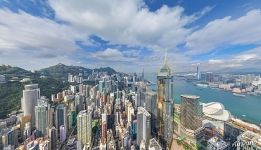 Hong Kong
Hong Kong
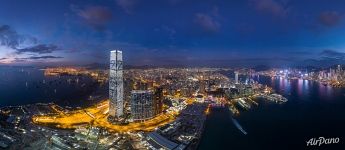 International Commerce Centre
International Commerce Centre
 Hong Kong from above
Hong Kong from above
 Wan Chai
Wan Chai
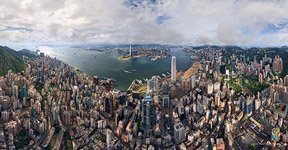 Hong Kong #2
Hong Kong #2
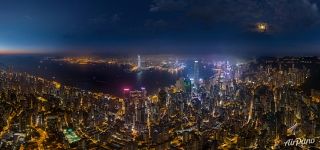 Hong Kong night panorama
Hong Kong night panorama
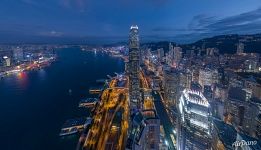 Lights of Hong Kong
Lights of Hong Kong
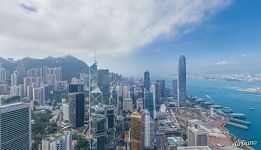 Central District
Central District
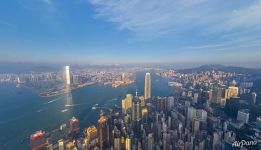 Aerial Hong Kong
Aerial Hong Kong
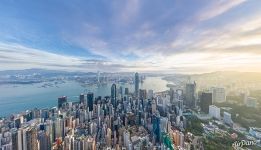 Hong Kong
Hong Kong
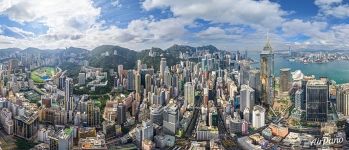 Hong Kong panorama
Hong Kong panorama
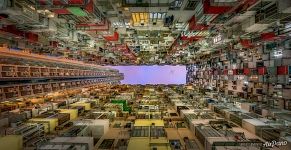 Architecture of Hong Kong
Architecture of Hong Kong
Virtual Travels in 360°
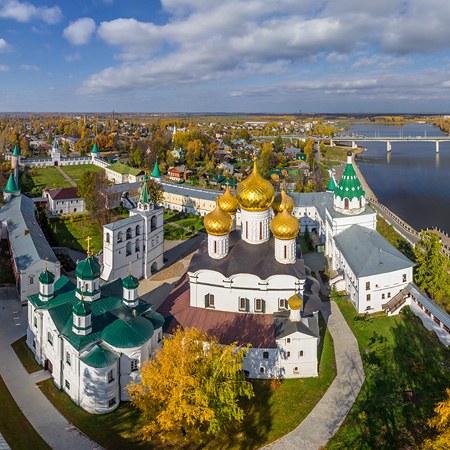 Golden Ring of Russia, Kostroma
Golden Ring of Russia, Kostroma
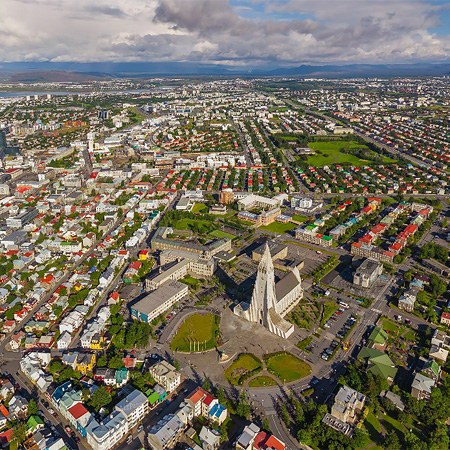 Reykjavik, Iceland
Reykjavik, Iceland
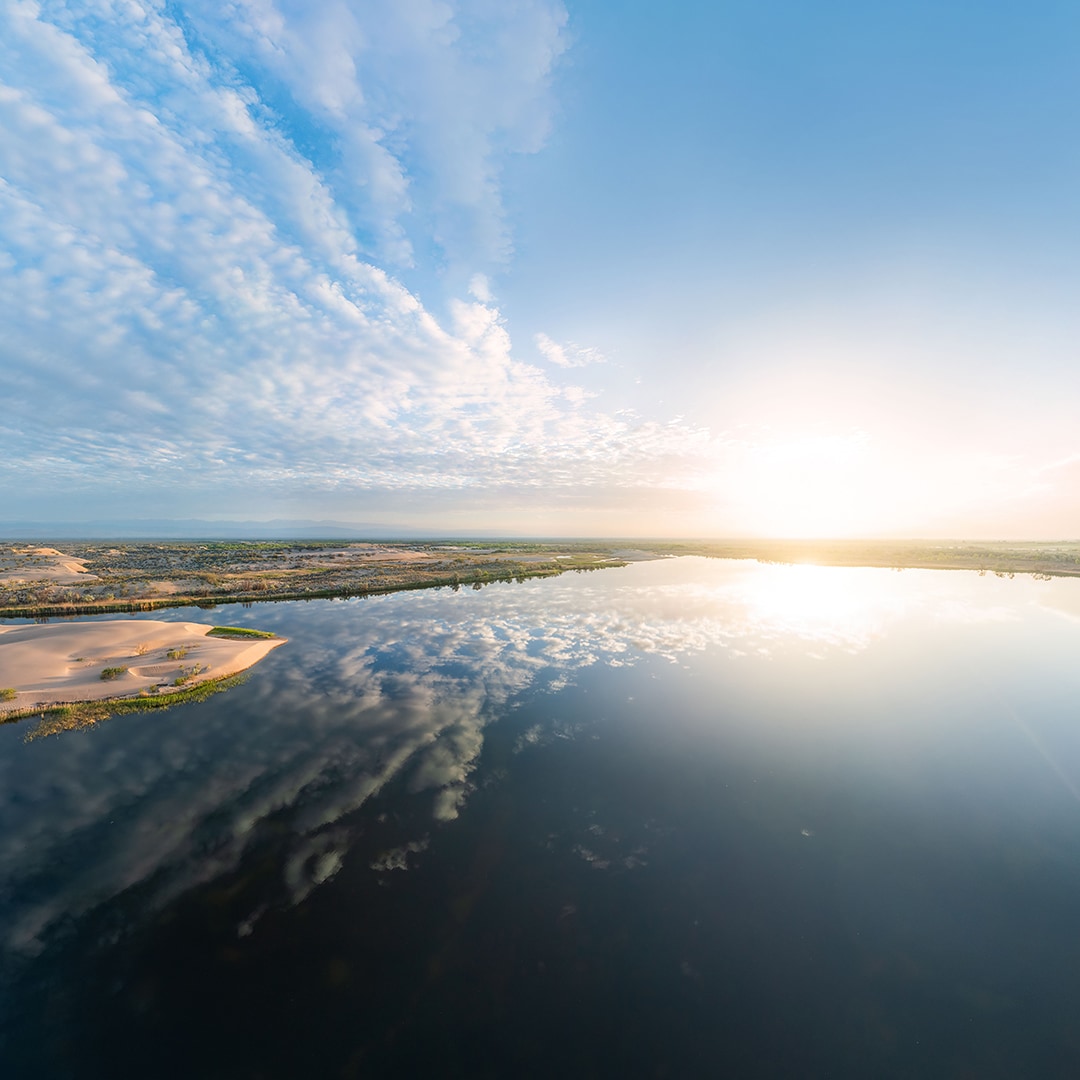 Wooden Lake, Kazakhstan
Wooden Lake, Kazakhstan
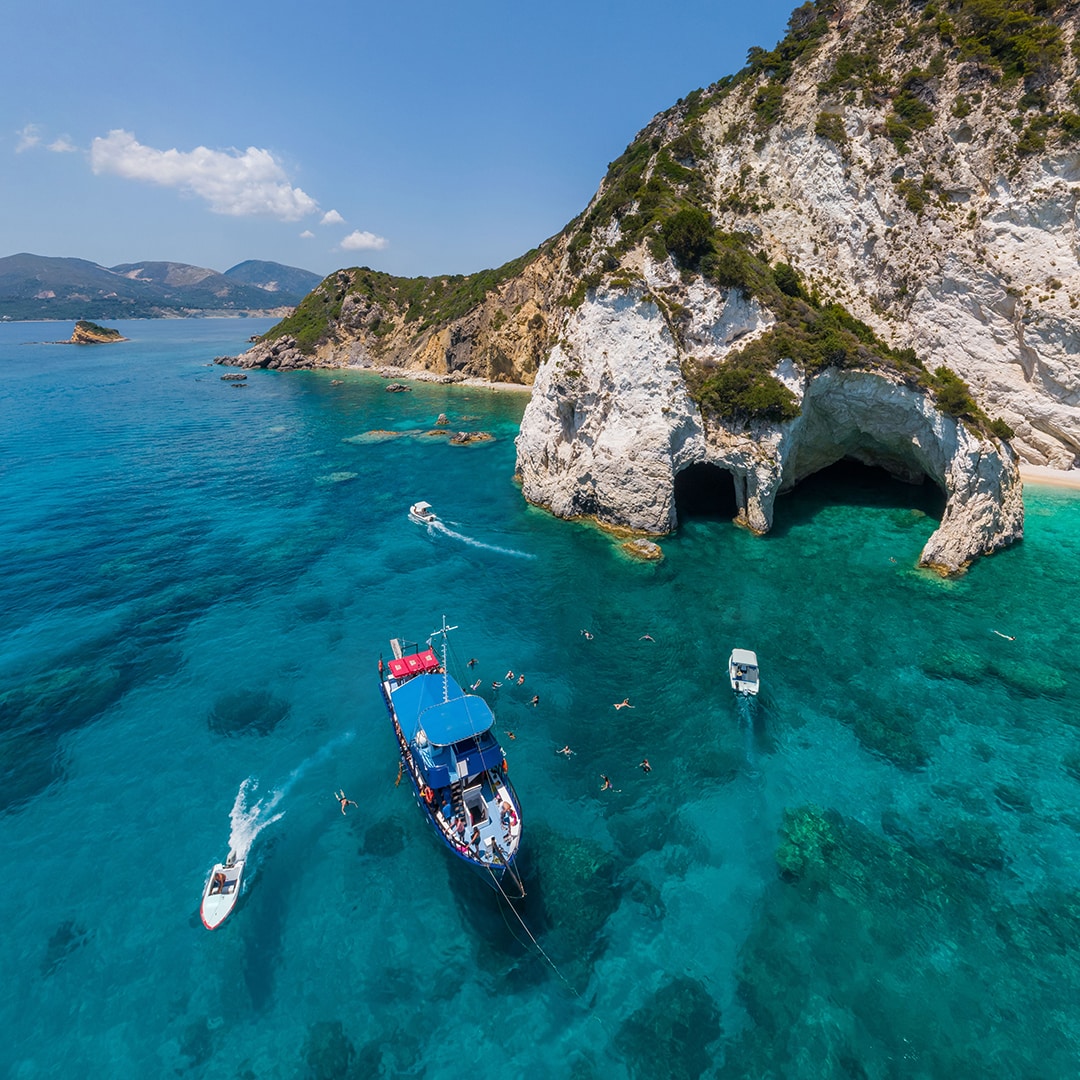 Marathonisi Island, Greece
Marathonisi Island, Greece
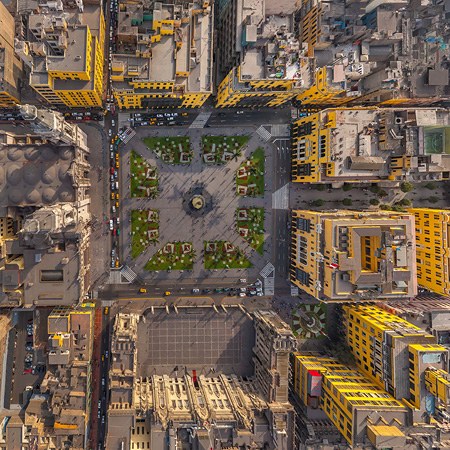 Lima, Peru
Lima, Peru
 Canaima Lagoon, Venezuela. Part I. Ucaima Waterfall
Canaima Lagoon, Venezuela. Part I. Ucaima Waterfall
 Tribes of South Sudan. Explore Africa in 360° VR. 4K teaser.
Tribes of South Sudan. Explore Africa in 360° VR. 4K teaser.
 National park Lena Pillars
National park Lena Pillars
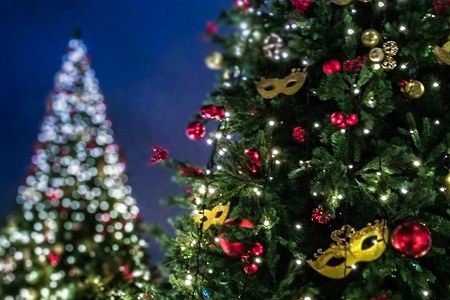 New Year in Moscow
New Year in Moscow
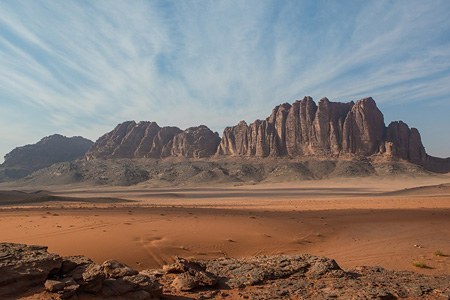 Wadi Rum Desert, Jordan
Wadi Rum Desert, Jordan
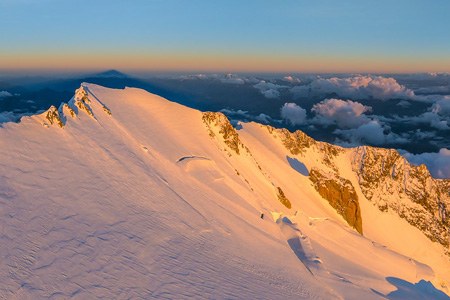 Mont Blanc, Italy-France. Part III
Mont Blanc, Italy-France. Part III
Show more




